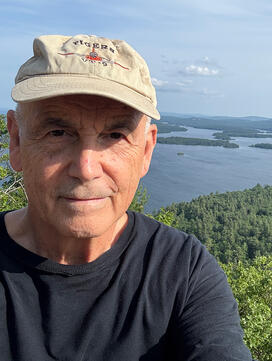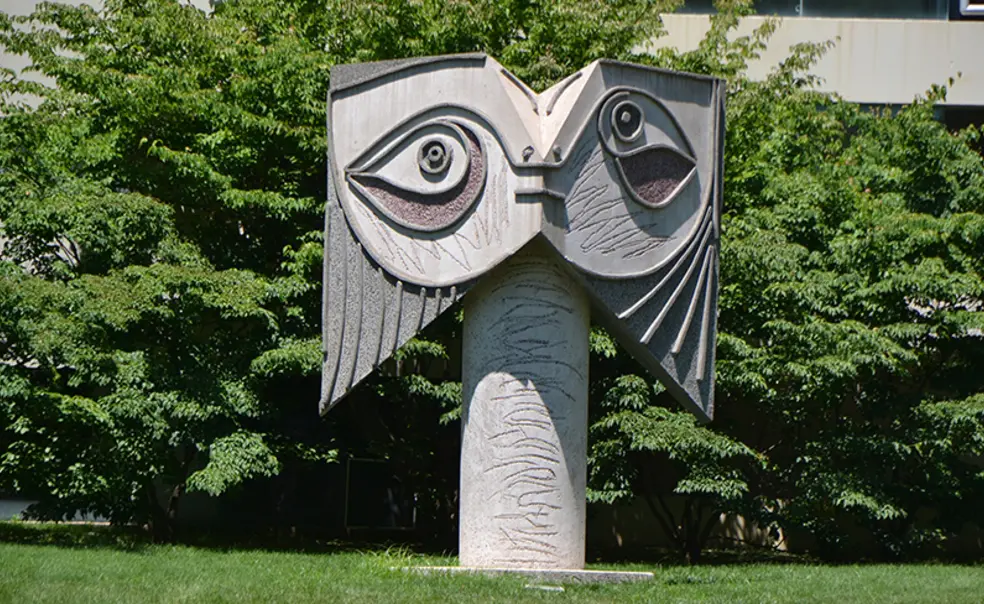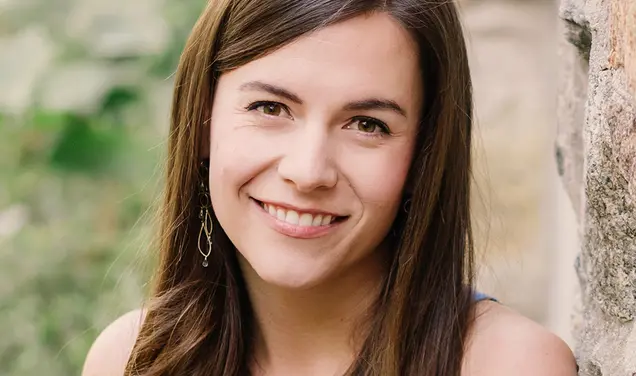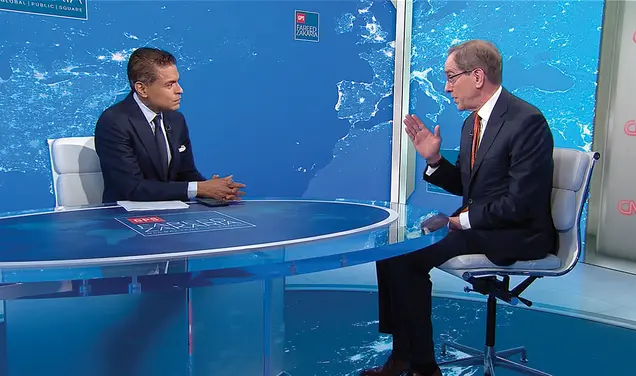The Secret I Left Inside Princeton’s Picasso Sculpture
Jay Paris ’71 explains how a student job at Princeton’s art museum turned into an irresistible opportunity to prank Pablo Picasso

One day last year, I walked by Spelman Hall and observed the sculpture of twin faces mounted on a tall concrete pole, attributed to Pablo Picasso. I recalled when it was constructed on the lawn of the art museum in 1971. I know because I helped build it, and in the process, attempted to upend the truth about the greatest artist of the 20th century.
The start of my lark began one afternoon while I was putting in my five hours a week as a student assistant at the museum. I was a senior and art history major with a keen interest in modernism, including a fascination with Picasso’s extraordinary creative output and checkered life with women. On that late winter day, my supervisor mentioned that a Picasso sculpture would soon be erected on the green in front of the museum’s entrance. Because Picasso was about to turn 90, he had designated a Norwegian sculptor, Carl Nesjar, to create a 16-foot version of a 13-inch sculpture that he had made in 1962 called “Head of a Woman.”
Nesjar, it turned out, needed two laborers and had asked the museum to recruit them. The museum’s director asked if I knew any robust students willing to work five afternoons a week over the course of a month. During my undergraduate years, I’d spent hundreds of hours on Lake Carnegie as a member of the heavyweight crew and had competed in the 1968 Olympic trials. I was confident in my ability to push and pull. And making extra cash was not only appealing but needed. My wife and I, newly married, were struggling to pay the hefty $80 per month to rent our single bedroom and small kitchen on the top floor of a modest house at the far end of Palmer Square.
And in truth, I also was restless. I had appreciated my four years of absorbing history through the lens of artists, but I also was tiring of a kind of scholarly evangelism that inevitably comes when learning history from experts. This wasn’t a reflection of the faculty that I largely admired but more my own impatience to experience the master works in person that I’d studied endlessly. I embraced the chance to interact with Nesjar, even as an unskilled workhand.
With the museum’s blessings, I recruited a second laborer, Oz Bengur ’71, a close friend and fellow oarsman, enticing him with the possibility that we might receive pay checks signed by Picasso that would be worth far more than the dollars we’d earn. (We didn’t.)
Construction began in April 1971. We helped build wooden forms, hauled countless bags of sand and lime, and mixed concrete. Although labor intensive, it was worth the sweat and toil to observe Nesjar’s creative process while hearing intriguing anecdotes about Picasso from his first-hand experience of working together.
Perhaps it was the remains of the rebellious 1960s still in my veins that drove me to do it, or just lingering adolescent mischievousness, but as construction concluded, before sealing the tall, concrete column that holds up the two faces of the great sculpture, I scavenged a small block of wood and etched the following message with a wood burning tool: “This sculpture was created by Jay Paris with the assistance of Pablo Picasso.” I threw it into the column without Nesjar’s knowledge, although with the full endorsement of my co-laborer who I figured could share the blame if I was caught.
The next day, we sealed it without incident.
My 21-year-old mindset was that when the concrete column collapsed in another 500 years, my wooden sign would be discovered and even enshrined in the Princeton University Art Museum as one of the great and important artifacts of the 20th century. It would cast doubt on Pablo’s authenticity as scholars today question Shakespeare’s prodigious output.
In 2002, the sculpture was relocated from the art museum to Spelman Hall. A civil engineer and friend believed the column remained sealed during transport, which means, as Jim Carrey said in the comedy, Dumb and Dumber, I still have a chance.
Jay Paris ’71 was a photojournalist and writer for national and international magazines for three decades before transitioning to making documentary films in 2018.











3 Responses
Brent St. Clair
3 Weeks AgoThanks for the Essay
Jay, having been a witness to your towering restlessness in the ’60s it is encouraging to know this is a foundational column in your life.
Brenda Contarino Williams
1 Month AgoFrom a Longtime Museum Visitor
Hi Jay, I applaud what you did. I started hanging out at the museum in 1971, as a student at Rider University living in Princeton, and I am a member of the new museum, which is beyond words.
Jeanne Johnson
1 Month AgoGreat Story About a Special Sculpture
What a great story! I thoroughly enjoyed reading about your very special kinship with Picasso. As a docent at the Princeton University Art Museum, I give tours of the amazing global spanning collection of artworks inside and outside the museum. Many times on campus sculptures tours I have shared the Picasso with visitors.
Hopefully, you will have a chance to visit the museum as it officially opens Oct. 31. It is an amazing achievement and welcomes your visit anytime.